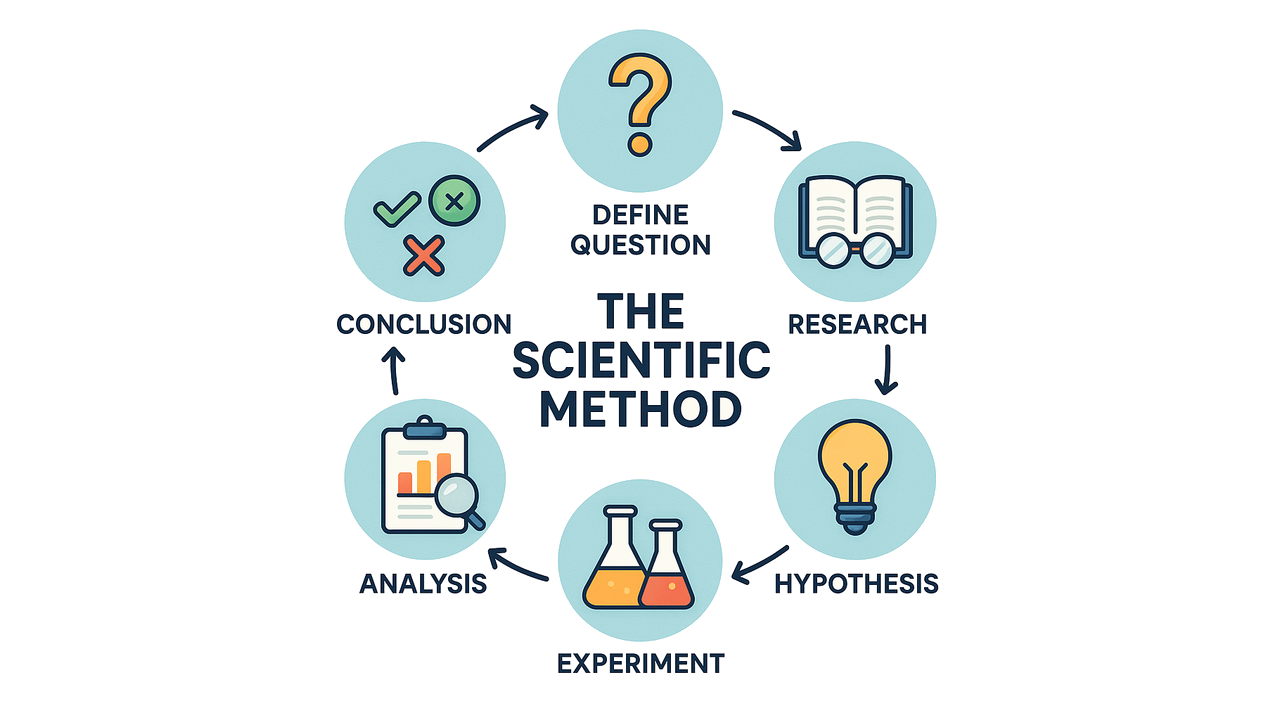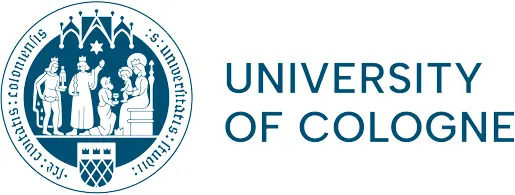To many non-academics, the world of academia, specifically universities, can look like a unified system with professors, researchers, and students working together to learn more about the world around them. Unfortunately, many of us researchers find ourselves fairly isolated from other parts of the university. It often comes as a shock to visitors when we researchers cannot name nearby buildings or when we need to use Google Maps to find a lecture classroom in another department. Researchers tend to focus intently on their own research and discipline, but there has been an internal push to question disciplinary boundaries and work more collaboratively across disciplines. As a new age of increased technology and computing power has developed, it has become clear that we gain a lot of knowledge by working across disciplinary boundaries.
Despite an interest in interdisciplinary science, such work is hindered by the difficulty of communicating and sharing data with others. Often in interdisciplinary research, collaborative discussions do not begin until after data has been collected, meaning such studies represent a collaborative discussion of data, rather than an entirely collaborative scientific method. In addition, when these data are shared, there is often incentive to sound “academic” within each academic specialty, such as using high-level jargon or avoiding explanations for complicated equations. While such actions might increase one’s status within a discipline, they ultimately exclude others from our work who otherwise who might be interested. It is therefore critical to find ways to make outcomes and data more accessible. Therefore, as researchers, we must focus on organizing and explaining our data and methods in ways that promote communication of ideas across disciplines.
One way to promote interdisciplinary science is to streamline communication with well-organized and well-explained data. Our project, Human and Earth System Coupled Research (HESCOR), is paving the way by focusing on interdisciplinary communication across the entire research process: from identifying research questions to presenting findings. By prioritizing communication throughout the entire process, HESCOR aims to expand potential findings and ideas.
To accomplish communication across the entire research process, we are organizing relevant HESCOR data in a database where data are organized in a way that mirrors the research process. Data will be divided into three tiers: metadata (Tier I), data within an agreed-upon and consistent language and framework (Tier II), and interpreted data (Tier III). This allows for clearer communication to advance our questions, interpretations, models, and science. With open-access data and code, we strive for a more open scientific research process that we hope can be a model for other interdisciplinary researchers globally. Through HESCOR’s communication and data sharing processes, we aim to make data more exchangeable and provide support for researchers as they attempt to increase interdisciplinary science outcomes.


